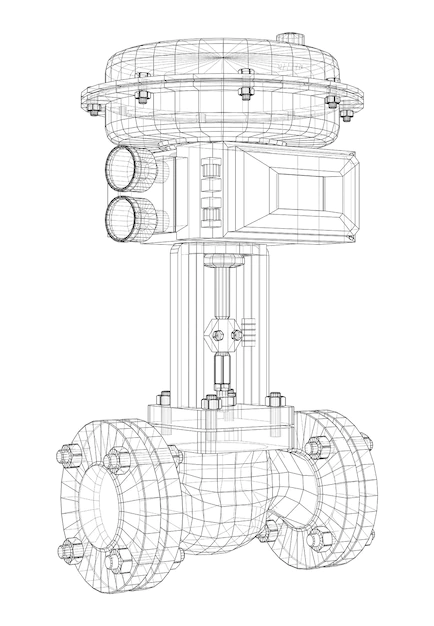Top 4 Ways to Leverage PIM for AI Voice Search
Voice assistants are no longer futuristic gadgets—they’re everyday shopping companions. From Alexa to ChatGPT Voice, consumers are using conversational AI to find, compare, and even...
Published: Aug 19, 2024 Updated: Dec 2, 2025
In 2026, brands are creating — and distributing — more digital content than ever. From product videos and lifestyle photography to 3D renderings, brand kits, and AI-generated images, every team needs a fast, secure, and centralized way to manage their assets. That’s why companies across eCommerce, retail, manufacturing, and distribution are searching for the best digital asset management solution to streamline workflows, maintain brand consistency, and speed up product launches. This guide breaks down what DAM software does, why it matters in 2026, and how to choose the right platform for your business.

Digital Asset Management (DAM) software is a centralized platform used to store, organize, tag, edit, and distribute digital files. These include:

The best digital asset management systems go beyond basic storage. They offer automated tagging, metadata enrichment, approvals, rights management, AI-powered duplicate detection, transformation tools, and shared workspaces for creative and marketing teams.
Teams use DAM platforms to:
In 2026, DAM is a must-have — not a nice-to-have — for brands scaling omnichannel content.
As digital commerce evolves, asset volume continues to explode. A single SKU might require over 20 assets: imagery, video, alternate angles, color variations, tech sheets, and channel-specific formats.
When these assets live across shared drives, desktop folders, and email chains, teams experience three major challenges.
Unorganized asset folders make it harder to find imagery for campaigns, update product pages, or share approved visuals with partners. This slowed productivity becomes a revenue bottleneck — especially when competing against retailers who launch new content in minutes.
DAM platforms eliminate the chaos by:
The result: faster go-to-market speed, fewer bottlenecks, and a more efficient content supply chain.
In 2026, customers expect seamless shopping experiences across every touchpoint. That means product images on your Shopify store must match what appears on Amazon, TikTok Shop, eBay, Walmart Marketplace, and retail partners.

The leading DAM systems offer:
This reduces manual rework and keeps product pages fresh and accurate.
When assets are automatically resized and optimized per channel, brands reduce page load times — something that matters for both SEO and conversion.
Use Case Example
A fashion brand launching a new denim line needs multiple image styles: lifestyle, flat lay, colorways, zooms, and videos. With DAM:
This automation reduces launch timelines from days to hours.
A DAM system organizes visual assets; a PIM system organizes product data. Together, they unlock the full content ecosystem modern commerce requires.
When DAM connects to a Product Information Management (PIM) platform, brands gain:
If you’re exploring DAM for scaling eCommerce content, it’s valuable to learn what PIM is and how it supports scalable, accurate product experiences across channels.
A: Look for features that support scale: AI tagging, advanced metadata controls, API integrations, rights management, automated transformations, and seamless PIM connectivity. Also assess ease of use, onboarding needs, and automation capability.
A: Any brand producing high volumes of product content — including fashion, home goods, automotive, industrial equipment, food and beverage, beauty, and electronics — benefits from DAM. As omnichannel expands, asset volume grows exponentially, making DAM essential.
A: No. Cloud storage offers basic file storage. DAM systems include metadata, automation, governance, workflows, and publishing tools. They act as a full content management engine rather than a simple folder structure.
To summarize, DAM has shifted from a supporting tool to a foundational part of the modern content supply chain. It ensures accuracy, consistency, and speed across every channel your customers interact with.

If you’re scaling product content — especially across multiple eCommerce platforms, marketplaces, and retail partners — DAM delivers major advantages:
As you evaluate the best digital asset management options for 2026, consider how well each platform integrates with your PIM, CMS, and broader tech stack. The future of eCommerce belongs to brands that unify their digital assets, product information, and workflows in a single, scalable ecosystem.


